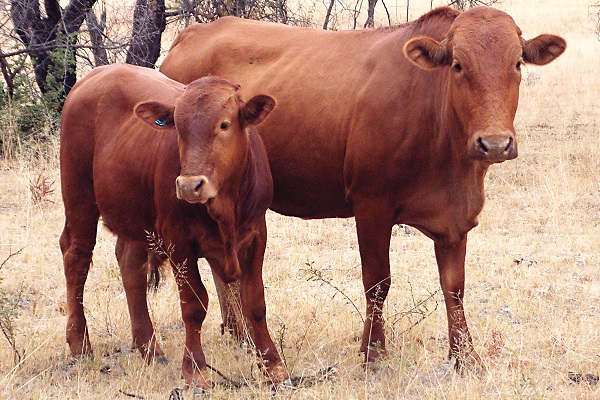

When infectious organisms such as bacteria or viruses invade an animal, the immune system tries to destroy them. As part of this reaction the animal’s temperature rises causing what we know as fever.
Fever is the first sign of an infectious disease. The animal will show some common disease signs, such as standing alone, not eating well, or falling behind when the animals are moved.At this stage it is essential to take the animal’s temperature to establish whether it has been struck by an infectious disease. Most of them make animals very sick, and they die quickly if the cause is not treated early enough.
A thermometer is the only diagnostic tool readily available to livestock owners and should always be used if an animal shows any general signs of disease.To interpret the reading correctly it is best to observe animals early in the morning and then to take the temperature of an animal that shows any signs of disease.During the day, when it is hot or animals are walking, the temperature is often higher because of the heat or exercise.
The normal temperature of livestock early in the morning is 38.5°C. If the temperature is 40°C or more, you can be sure the animal has a fever caused by an infectious disease. A vet, phoned for help, needs to know the animal’s temperature before he/she can help.
How to take an animal’s temperature
Use a rectal thermometer.Make sure the thermometer is clean and shake it down.
Hold the animal still and slide the thermometer into the rectum, about 2 finger widths deep.Hold it there for 2 minutes, then remove it.
Clean it with a piece of toilet paper and read the temperature.
Wash and dry the thermometer and place it in its protective container.
 Contact Jaguza Support
Contact Jaguza Support